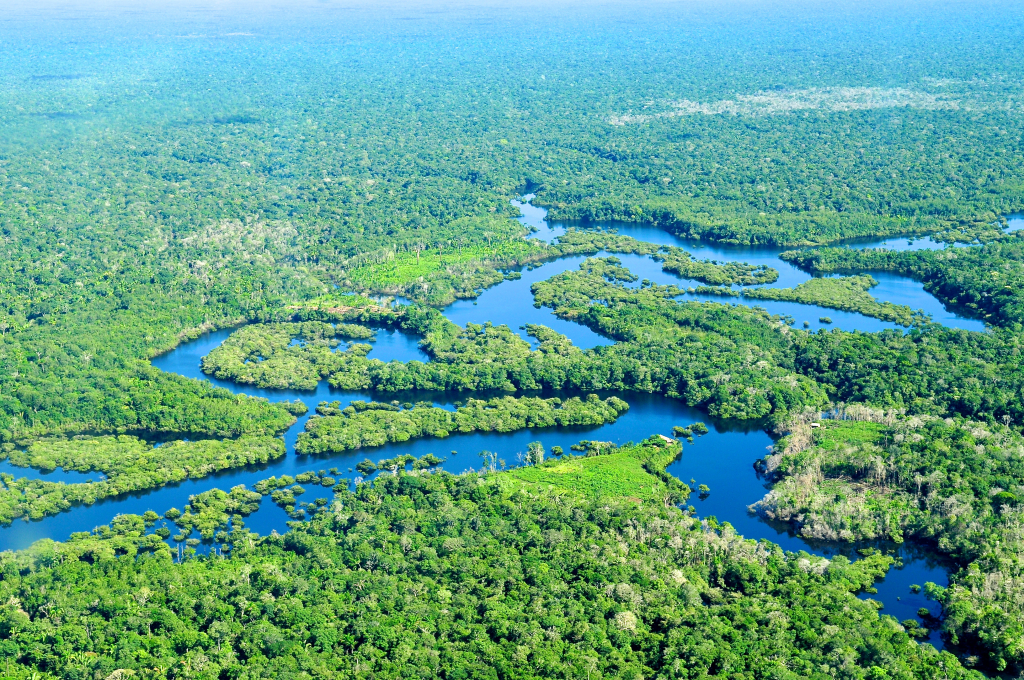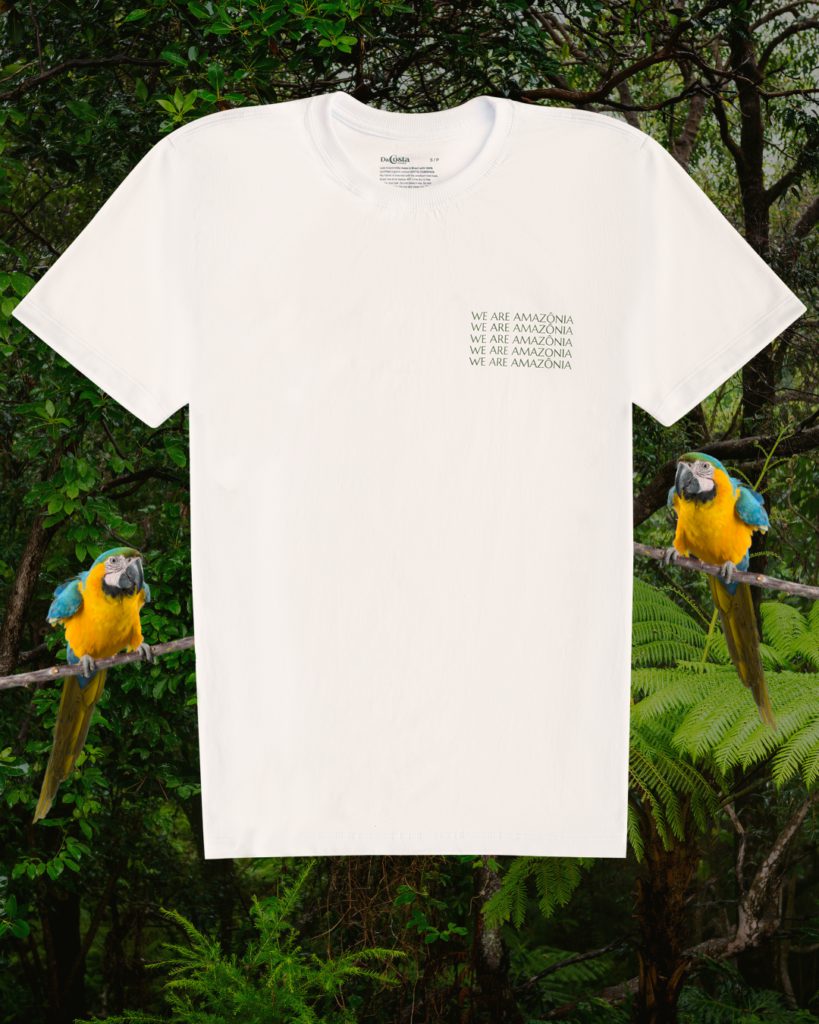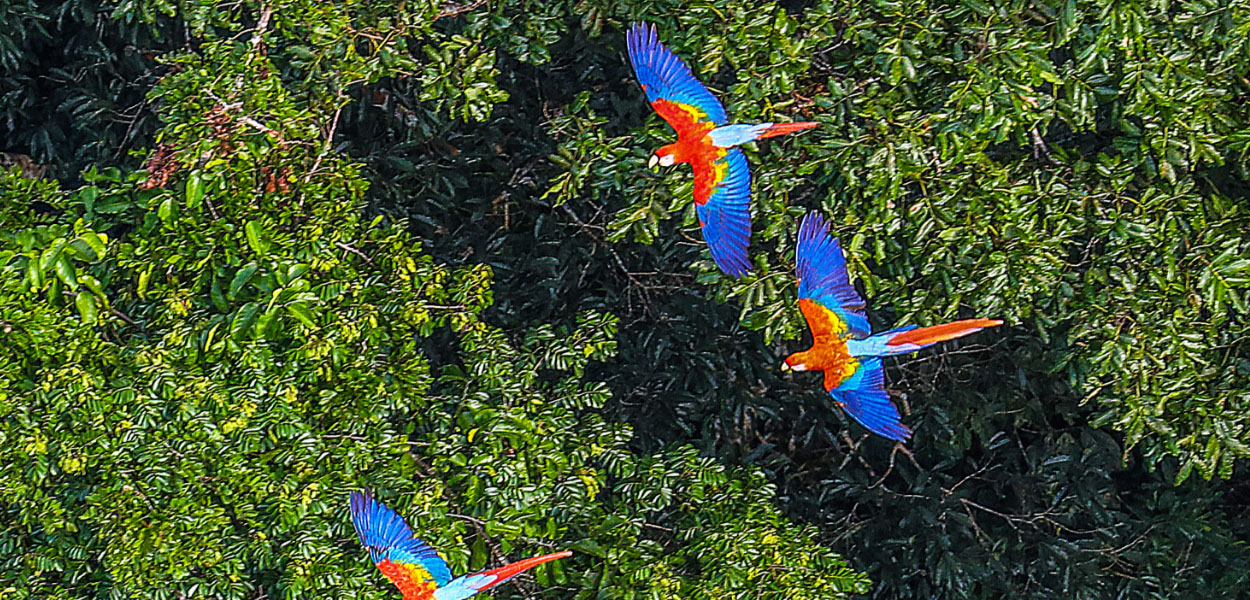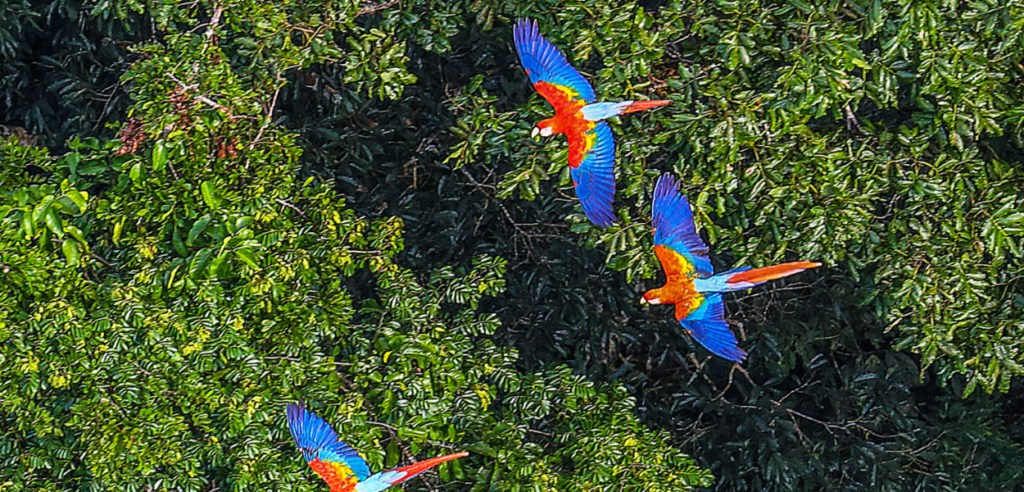On September 5th, it’s the official Amazon Rainforest Day.
Amazon Rainforest: The World Chance
Considered a World Heritage Site by UNESCO, the Amazon is the largest tropical forest in the world and concentrates enormous biodiversity. Its lush beauty and unique species make your eyes sparkle. However, due to rampant deforestation and lack of care, the place cries out for help.

Awareness must be immediate and actions begin now.
In this article, we’ll give you a background on the forest’s history as well as clarify some actions that go against the forest’s preservation. In addition, we will tell you all about the launch of the new DaCosta Verde’s campaign: “We Are Amazônia”.
Keep reading to find out!
Amazon Rainforest Day: To face the future, we need to know the past
Amazon Rainforest is a humid broadleaved forest that covers most of the Amazon Basin of South America. With its 7 million square kilometers, 5 and a half of it are tropical forests.

This region includes territories belonging to nine nations. The biggest part of it – 60% – is in the Brazilian territory. Followed by Peru with 13% and with smaller parts distributed in Colombia, Venezuela, Ecuador, Bolivia, Guyana, Suriname, and French Guiana.
The Amazon represents more than half of the remaining rainforests on the planet. Furthermore, it comprises the greatest biodiversity in a tropical rainforest in the world. It is one of the six great Brazilian biomes. And, there’s no doubt, we must preserve it.
In Brazil, due to government and economic effects, the Amazon is delimited by an area called the “Legal Amazon”. It was defined by the Superintendence for the Development of the Amazon (SUDAM), in 1966.
In 2008, the Amazon was also short-listed as a candidate for one of the seven natural wonders of the world, ranking first in Group E, the category for forests, national parks, and nature reserves.
Man x Amazon Rainforest: A History of Destruction
It is even a little frustrating when we recognize the richness of the forest and, then, face the reality of destruction that has been decimating its unequaled richness.
No wonder that on this Amazon Rainforest Day we must take some time to understand the impacts that men are leaving there and the consequences of it.
The Brazilian Amazon Forest covered about 4 million square kilometers before 1970. Since then, it has lost about 20% of its original coverage. In other words, in just 50 years, men destroyed 1/4 of the natural beauty that serves as a home for many.
Why Is It Being Destroyed?
The main sources of deforestation in the Amazon are human settlements and land development. Between 1991 and 2000, the total area of Amazon forest cleared for livestock and roads increased from 415,000 km² to 587,000 km². To give you an idea, this corresponds to an area more than six times larger than Portugal and 84% of the area of Texas. Most of this lost forest has been replaced by cattle pasture. In 34 years, Brazil has lost the equivalent of 10% of the national territory in native vegetation.
The annual rate of deforestation in the Amazon grew between 1990 and 2003 due to local, national, and international factors. From 2004 onwards, the pace declined drastically, until 2012. Between August of that year and July 2013, the deforested area began to grow again, registering an increase of 92%. And, unfortunately, it is still growing. This involves the actions of other countries in the region, as well as laws and political determinations that often, instead of protecting, contribute to deforestation.
The country with the worst score on the Country Canopy Index is Bolivia. For every 16 trees cut down, only one is replanted. Deforestation in the Amazon in Bolivia has been growing in recent years due to the stimulus to agriculture in the country.
The impact of deforestation: A bitter fruit that many generations will reap
The Amazon is the natural habitat of many people, plants, and animals. Among these, even endangered species that we cannot find anywhere else in the world. Summing up, these spaces preserve biodiversity and have great scientific, social, and economic relevance for a country.
Furthermore, the Amazon Forest is essential to maintain the water cycle and regulate the world’s climate. The forest emits organic vapors into the air through evapotranspiration. Therefore, causing condensation and the formation of rain – after all, it’s called “rainforest”. The humid air that is generated precipitates and moves to other regions, including the Midwest, Southeast, and South of Brazil.
According to a climate model formulated by North American and Brazilian researchers, if the Amazon were converted to pasture, the average amount of rainfall in Brazil would decrease by 25%, generating energy insecurity (due to the importance of hydroelectric plants for the Brazilian matrix), reduction of agricultural production and increases in local and national average temperature.
However, we must know that these impacts would not only be in the region. As we discussed, the Amazon Forest is important worldwide and the consequences of its destruction can impact all continents.
Another essential role of the forest is to act as a carbon reservoir, preventing it from being going into the atmosphere. Possessing a carbon stock that varies between 50.8 and 57.5 billion tons, almost 7 times more than the annual global carbon emission, the Amazon plays a prominent role in stabilizing the planet’s climate. Recent studies done by PNAS prove that unsustainable deforestation of the forest can lead to reduced rainfall and increased temperature.
Amazon Rainforest Day: Time to Wake Up
The importance of the Amazon Forest is indisputable. As we’ve seen, the consequences can be tragic and frightening. Deforestation and forest destruction must stop now.
Of course, these are often actions that are beyond the control of most citizens. However, there are some issues that are obligations of all of us and that certainly help to preserve this very important region.
Find out about actions that you, as a citizen, can take from now on:
- Monitor the laws that the contries and politicians are adopting that concern the preservation of the site at an international level
- Don’t agree with companies that don’t contribute to forest preservation – this includes clothing brands, but also large companies
- Support social projects and brands that contribute to maintaining the Amazon Forest. There are many projects like S.O.S Amazônia, a Brazilian non-profit with the mission to love and protect the Amazon Rainforest. They promote the conservation of biodiversity. Furthermore, they work towards the growth of environmental awareness in the rainforest thadefending the region’s preservation
- Be an ally of brands such as Veja and DaCosta Verde, which have projects focused on maintaining Amazon’s wealth and richness
We Are Amazônia: Everything About DaCosta Verde’s New Campaign

DaCosta Verde, a brand with the mission to create a healthy relationship between fashion, people, and the planet, announced their new campaign, in partnership with Fashinnovation: We Are Amazônia.
The brand is launching two exclusive t-shirts in 100% sustainable fabric. For each t-shirt purchased, the brand will plant 5 trees in the Amazon rainforest in partnership with S.O.S Amazônia. Everyone who buys the shirt is automatically donating it to plant trees. Costumers will even be able to follow the entire process later.
“The Amazon is a true inspiration for the brand and also a reference that changed my way of thinking as it relates to our three homes; our minds, our bodies, and the planet. So, it’s only right that we honor this very special date and raise awareness for the We Are Amazônia cause, and take action to save the largest rainforest in the world. Our goal of the campaign is to plant 5,000 trees.” says Mäby Dutra, the founder of DaCosta Verde.
The t-shirt comes in 100% plastic-free packaging. It also features a recycled non-woven tote bag, a plantable tag (with daisy flower seeds) and its package are 100% compostable. You can purchase them by clicking here!
Mäby Dutra will be speaking on the upcoming Worldwide Talks, on September 9th. Along with another 70 speakers, she’ll be inspiring the global audience and making history on the biggest fashion & innovation event. Register now!






